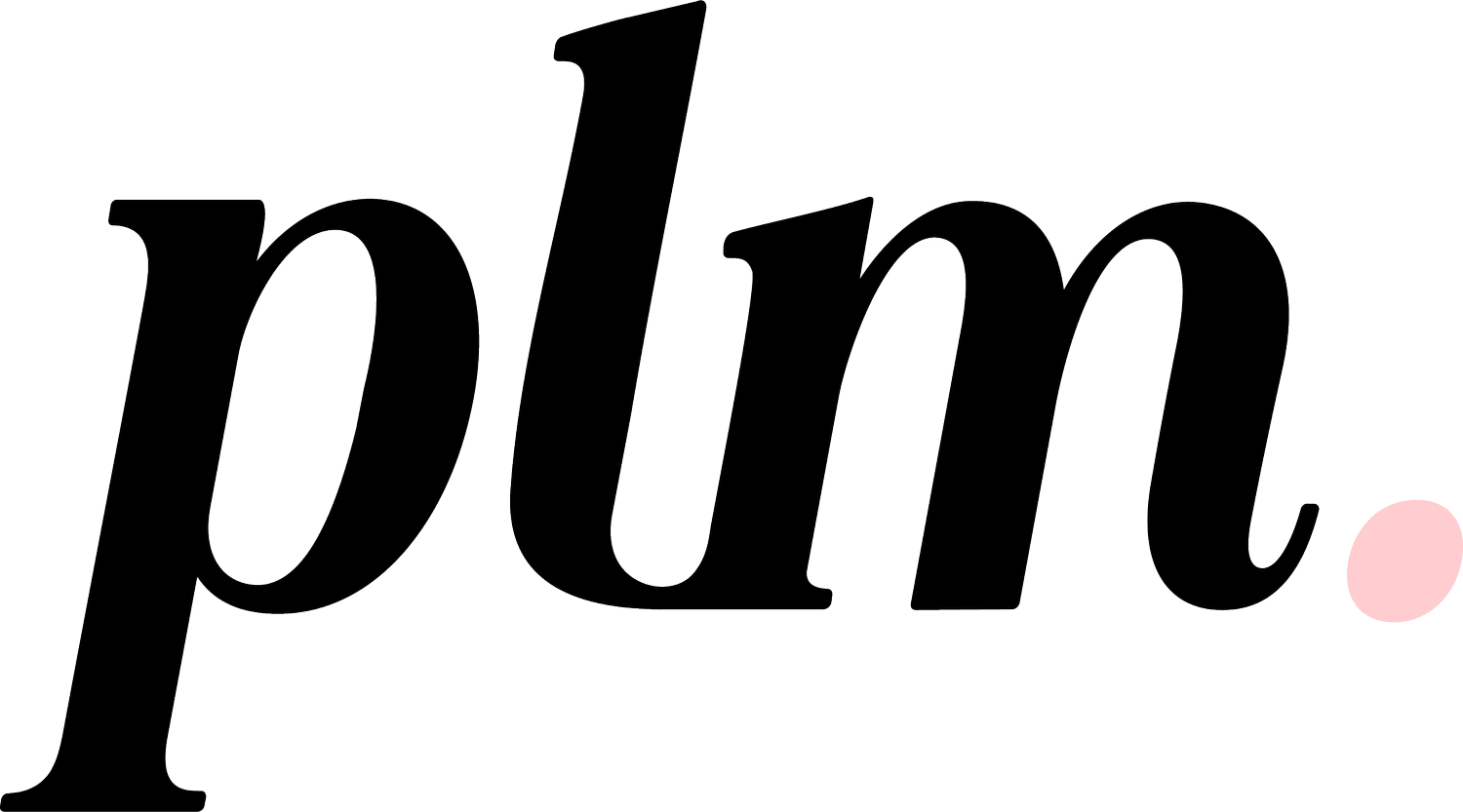Social strategy vs trends: why you can (and should) have both
Forget everything you think you know about social media trends. They're not just viral moments - they're opportunities to bring your strategy to life.
Many of the brands nailing social are those who make trend adoption feel so natural, you barely notice it's happening. Like how Barbour approaches their new collections differently from Boohoo - both successful, both true to their core strategy, both based on that season's fashion trends. Just working at opposite ends of the spectrum.
Strategy and trends aren't opposing forces - they're complementary. When you understand how to use them together, that's when social really starts working.
Redefining trends (breaking the misconception).
The way we typically think about “trends” on social media is narrow - often revolving around things like viral audio, TikTok dances, or specific content formats like 'I met my younger self for a coffee'. The life cycle of these social trends are shortening dramatically. Three days is often all you've got before audience saturation hits, and social teams are scrambling to be reactive, at all costs.
But if you take a step back, the concept of trends exists in many different contexts. Let's define it:
At a basic level, a trend is a general direction in which something is developing or changing over time.
It’s a pattern or a shift that’s noticeable across a group of people, industries, or within a culture. It reflects what’s gaining momentum, popularity, or significance in a particular moment. They can be about behaviour, style, technology, ideas, or even collective moods or values. There’s no one-size-fits-all definition, but the key idea is that trends represent the collective movement of a group.
So how should we approach trends?
Think beyond viral moments. Trends show up differently across industries and audiences and ultimately, they're the subtle shifts in how your audience consumes content, thinks, and behaves.
A sustainable fashion brand might spot value in the capsule wardrobe conversation.
A parenting brand could lean into gentle parenting discussions.
Platform behaviour changes - like Instagram's swing from carousels to Reels and back again.
All of these provide opportunities to be at the forefront, or contribute to, conversations your potential consumer is interested in, and to break through the noise with those who matter.
TL;DR: The brands winning aren't the ones chasing every passing trend - they're choosing trends that genuinely matter to their audience.
So we've established that trends aren't just viral moments, but opportunities to join relevant conversations. The key is knowing which conversations to join, and finding the sweet spot where trends complement your strategy.
The strategy-trend sweet spot.
Your strategy is your North Star - it guides every decision, keeps you focused, and stops you chasing shiny objects that lead nowhere. But it shouldn't be so rigid that it becomes a constraint.
Consider your strategy as your foundation, with trends as the dynamic layer that keeps your content fresh and relevant.
Take Runna - whose strategy centres on making running training effective, enjoyable and accessible for everyone. They rode the wave from performance-focused to community-led fitness content and arguably, they now own it. They celebrate everyday runners through their Runner Stories, reframed the Couch-to-5k movement, and consistently partner with seriously aligned brands like Strava, Lululemon and Parkrun. Every piece of content, whether part of a micro-trend or a longer trending movement, loops back to making running coaching accessible to all.
Making trends work for your strategy comes down to two things:
Understanding your audience's world. What cultural moments matter to them? Which conversations are they already having? Where do your brand's values intersect with these moments?
Getting your logistics right. Can you react quickly when it matters? Have you built flexibility into your content calendar? Is your sign-off process agile enough?
Before jumping on any trend big or small, ask yourself:
Does this trend help tell our story?
Will our audience genuinely care?
Can we execute it authentically?
Do we have the resources to do it well?
If it's a yes to all four, you've found your sweet spot.
Now it’s time to get the foundations right. This means clarity on which conversations matter to your audience, existing trends in your industry, available resources (time, budget, skills).
Try building trends into your existing processes. This might look like setting up trend monitoring (Google Trends is a great place to start), adding key moments into your content calendar ahead of time and establish quick sign-off channels for reactive content
And you'll know you're nailing it when:
Your audience engagement deepens beyond surface-level reactions (try tracking Save and Shares over Likes).
You're creating or driving trends within your niche, not just following them.
The ultimate sign you've got the balance right? Jumping on trends stops feeling like a decision and starts feeling like a natural extension of your strategy.
Made it this far? 🔍
Here’s your challenge: if LinkedIn’s your thing, share your thoughts and tag me, so we can continue the conversation. If it’s not, drop me a message and let’s discuss what using trends might look like for your brand.
Oh, and check out Amelia from Bold Bean's post, to see shows how a brand is capturing this feeling in real-time!
Senior Social Executive at Brand Hackers

